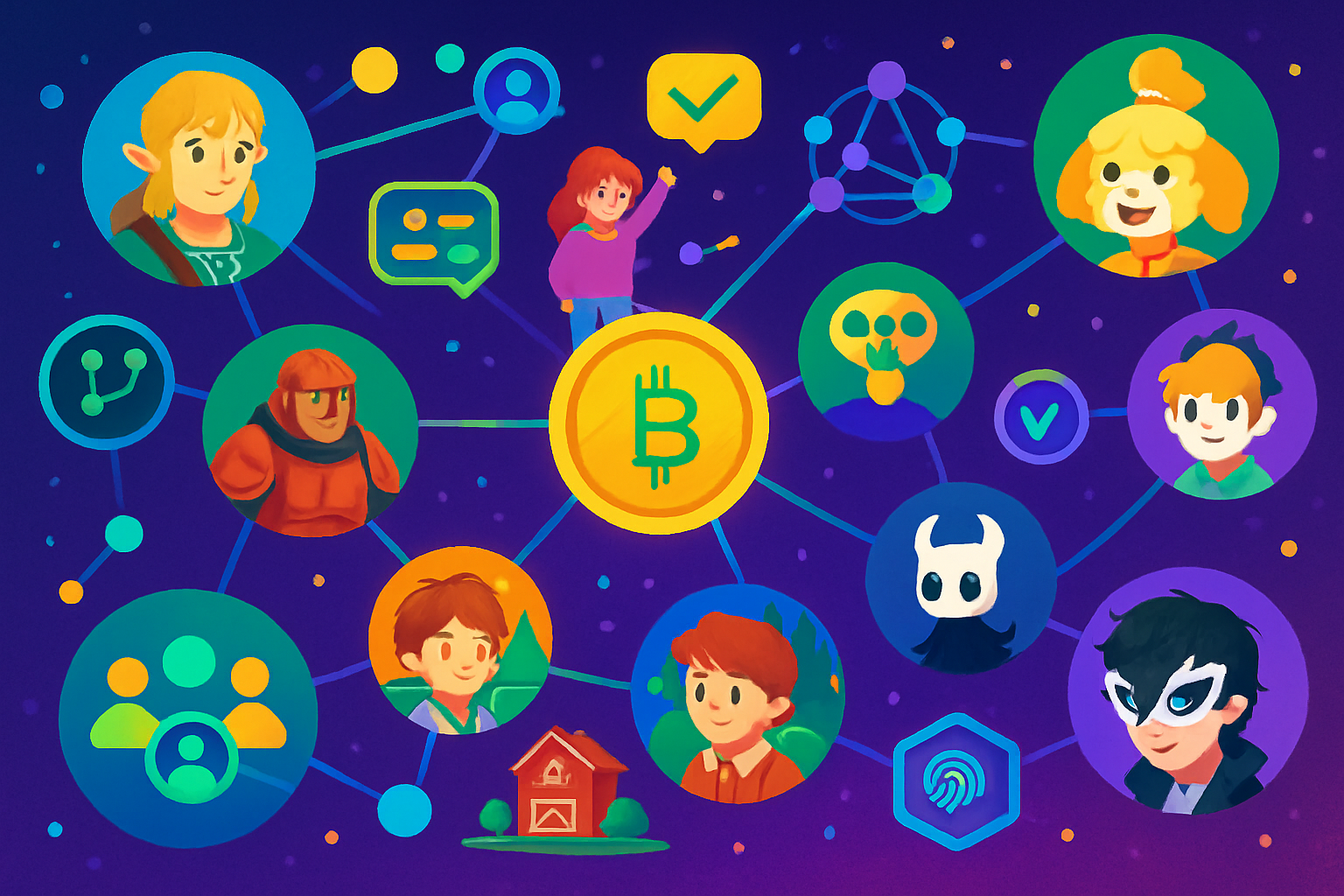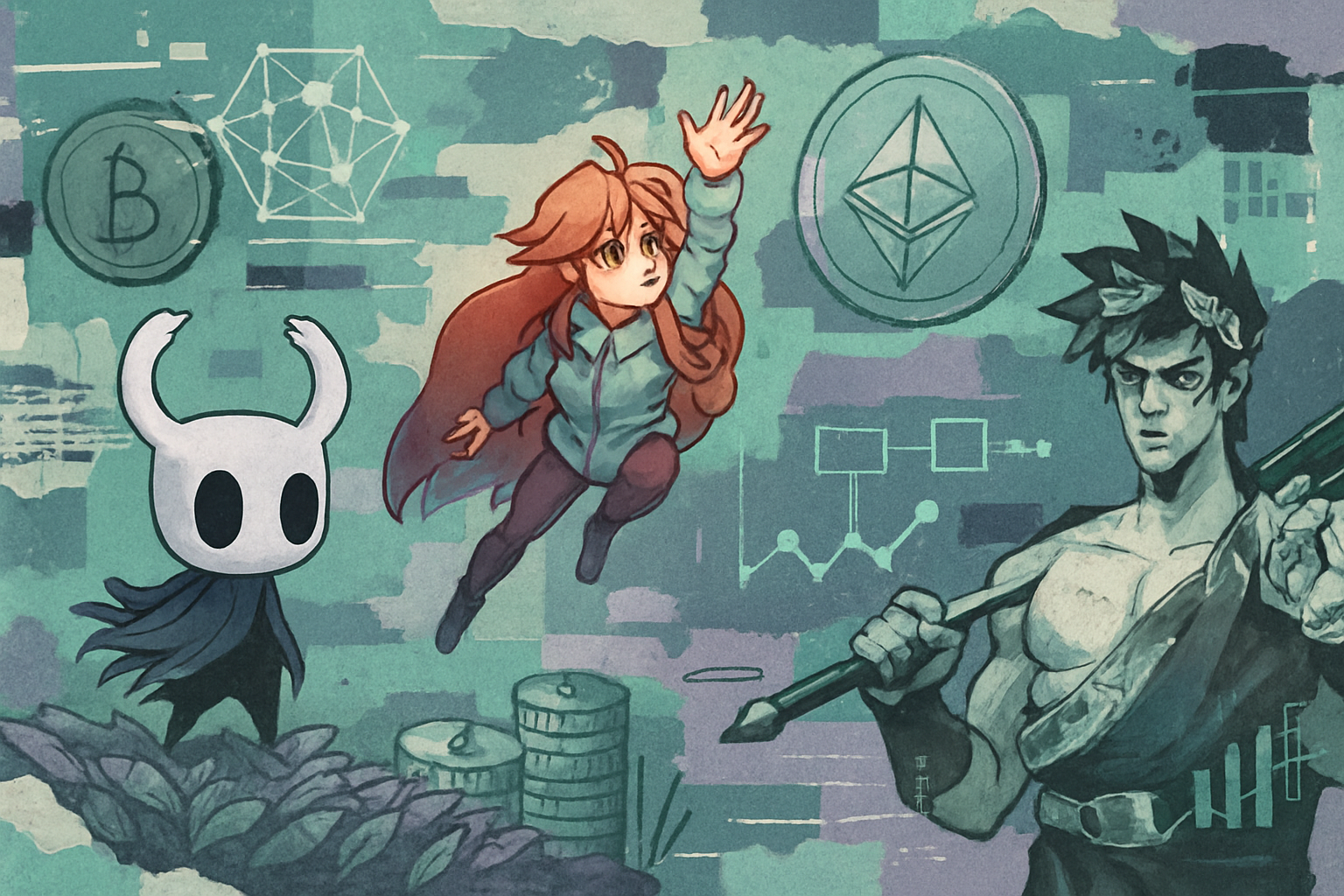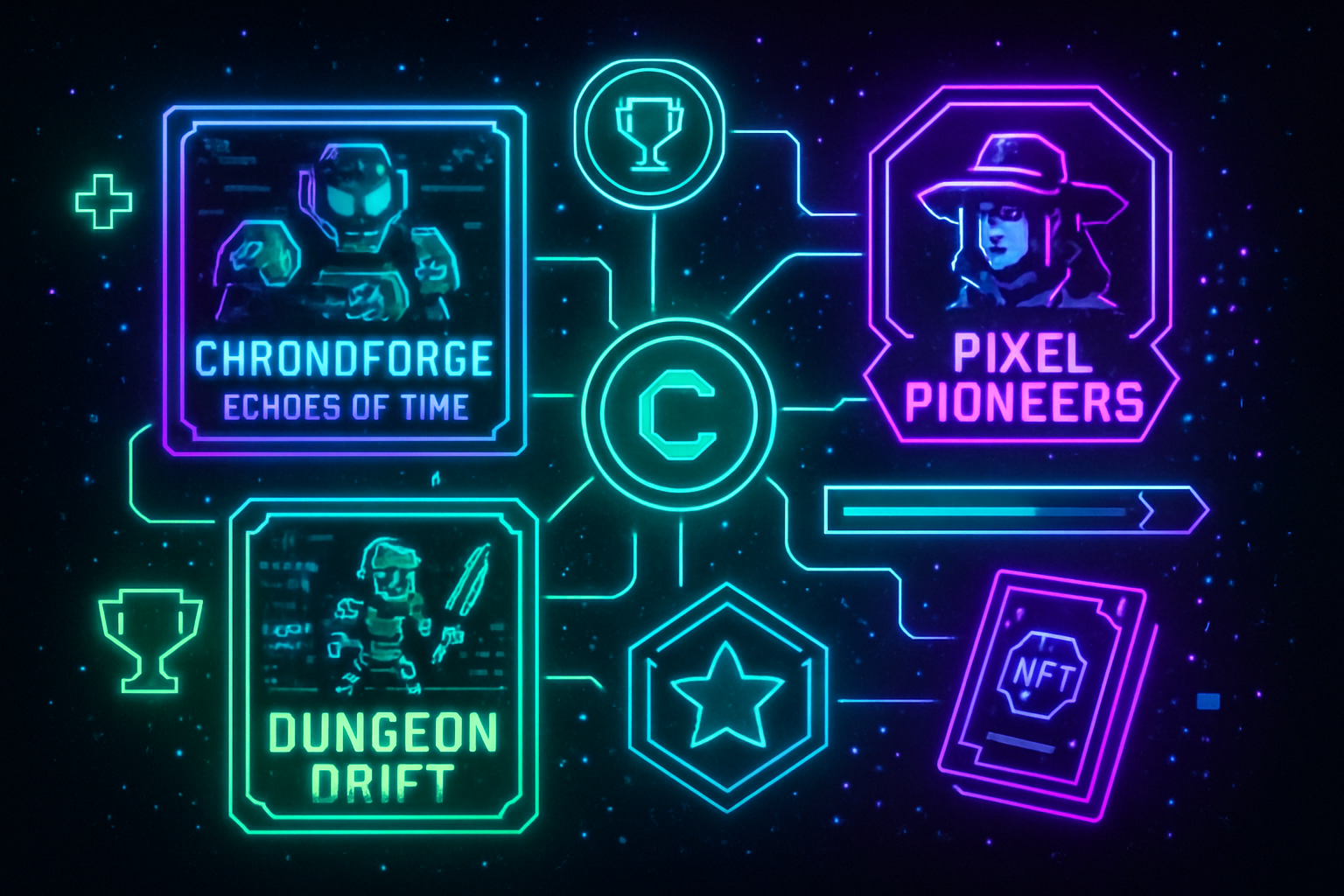
Steam wishlists have become a critical but complex signal for indie developers aiming to predict success in a crowded marketplace. As of 2025, the relationship between wishlist counts and commercial performance is more nuanced than ever, with recent data revealing both their value and limitations as a forecasting tool.
Steam Wishlist Milestones: What the 2025 Data Reveals
According to multiple industry analyses, only 6% of new games in the last year reached the coveted milestone of 100,000 wishlists before launch. In stark contrast, a substantial 66% of projects launched with fewer than 10,000 wishlists, underscoring how challenging it is for indie titles to build pre-release momentum. While conventional wisdom has long held that higher wishlist numbers correlate with sales, recent studies point to significant variability in conversion rates.
The median conversion rate from wishlist to first-week sales now sits at approximately 10.5%. However, only about 10% of new games surpass a 1.9% conversion rate, illustrating that not all wishlists translate into actual purchases. This discrepancy can be attributed to factors such as genre appeal, marketing timing, and even issues like technical misfires at launch.
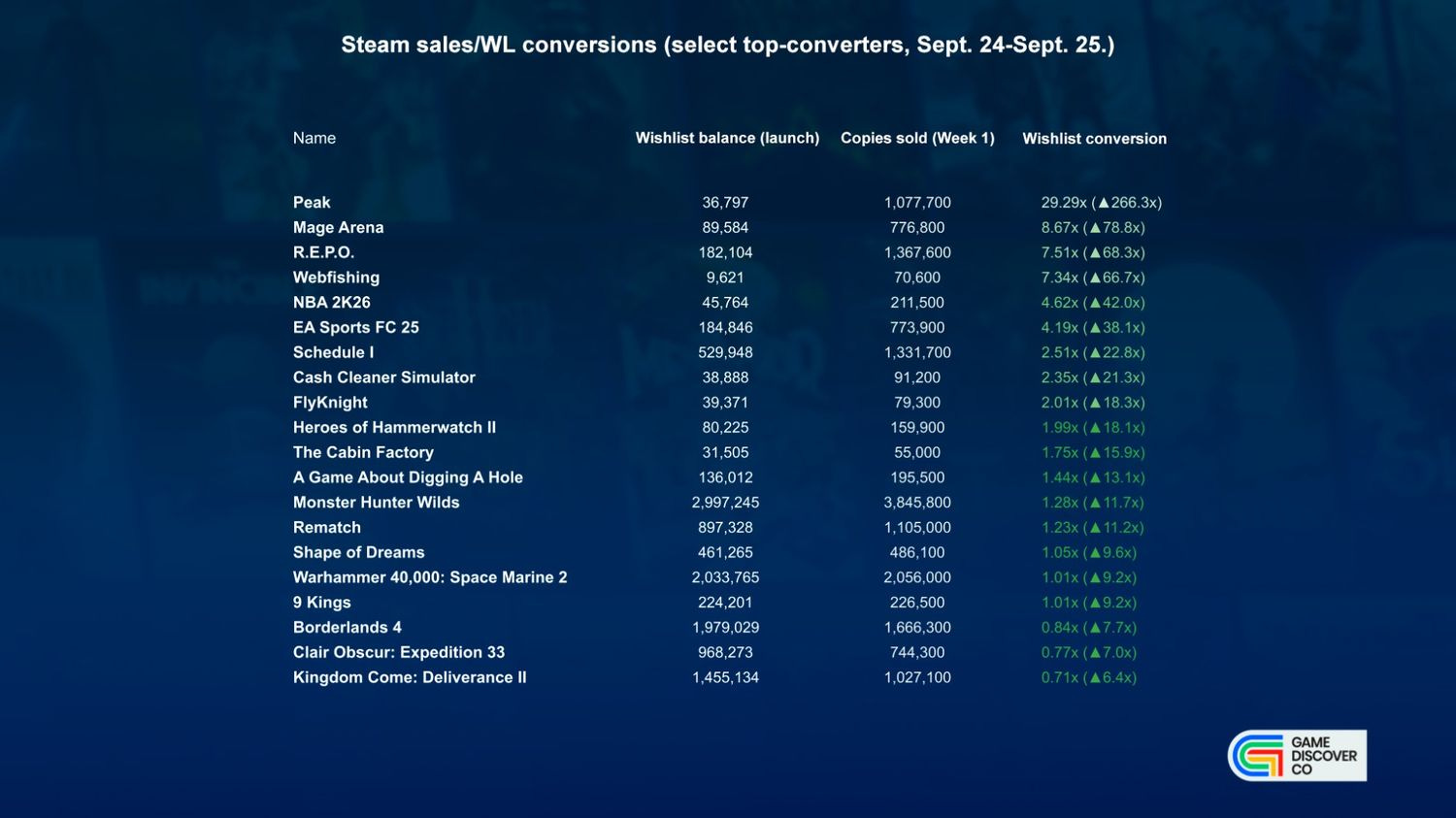
The Influence of Steam Next Fest and Promotional Events
Participation in major events like Steam Next Fest can dramatically spike wishlist numbers. For example, during June 2025’s event, breakout hits like Stellar Blade and Vindictus: Defying Fate saw their wishlists soar overnight. Yet post-event analysis reveals that these spikes do not always equate to proportional sales gains. The visibility boost is real – but without sustained marketing or community engagement, many titles struggle to capitalize on this initial interest.
This phenomenon is echoed by developers across Reddit’s r/gamedev and industry newsletters: while events drive discovery and short-term hype, only a minority of games convert those wishlists into meaningful day-one revenue. For actionable strategies on maximizing these opportunities, see our deep dive at How Indie Game Wishlists on Steam Drive Discovery and Success in 2025.
Saturation Challenges and the Realities Behind Wishlist Hype
The indie market’s saturation has reached new heights in 2025. Over 13,000 new games launched on Steam this year alone, yet roughly 40% failed to recoup even Valve’s $100 submission fee, earning less than $1,000 in revenue. This harsh reality highlights that while wishlists are an essential part of pre-launch strategy – especially for discoverability within Steam’s algorithm – they provide no guarantee of commercial viability.
A striking example comes from the case of Planet Centauri: despite amassing over 130,000 wishlists, a technical issue prevented Steam from notifying users at launch. The result? Only 581 sales in five days. This underscores why developers should treat wishlists as one metric among many – not as an endgame.
Key Factors Beyond Wishlists for Indie Game Success
-
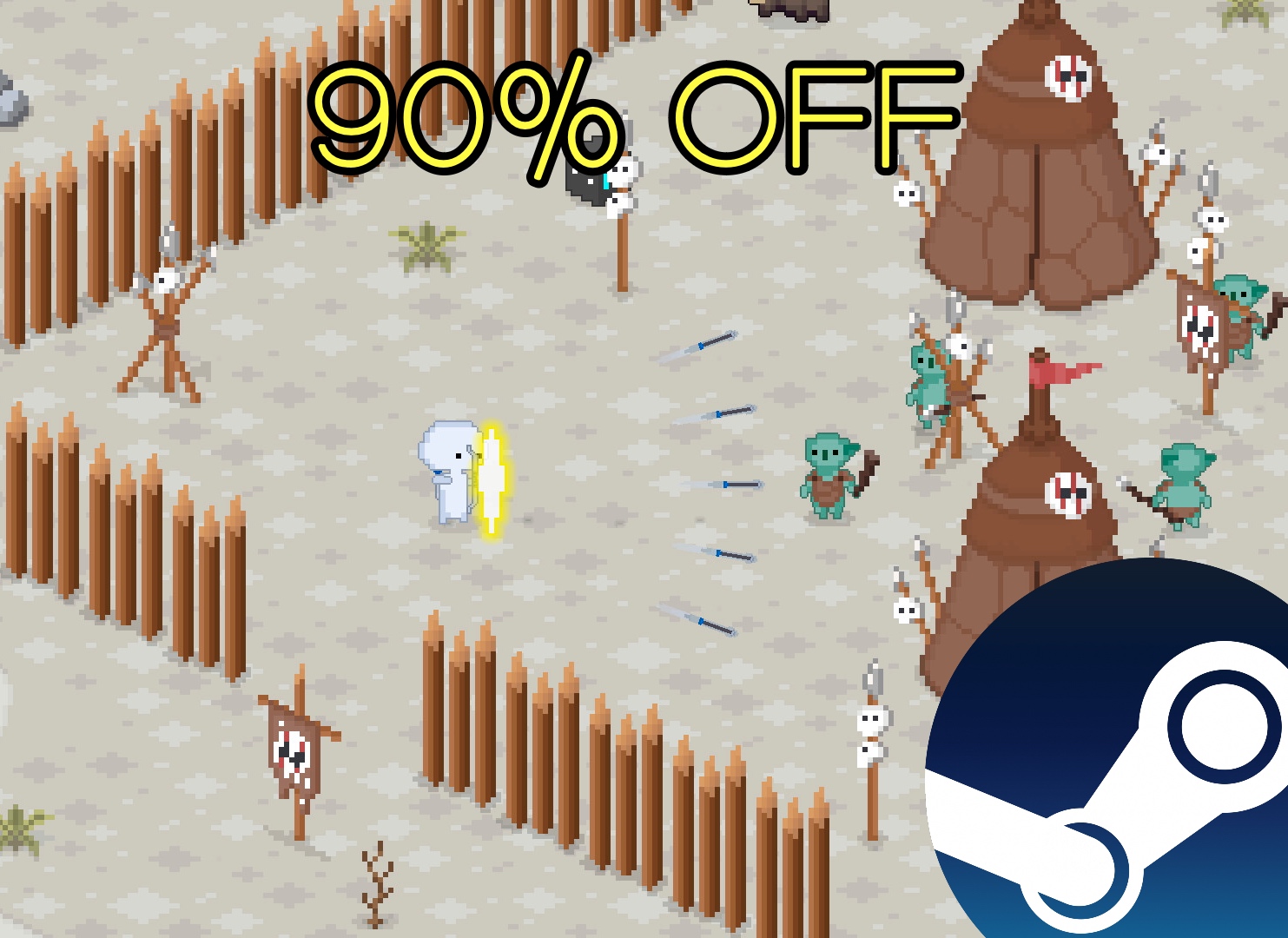
Quality and Quantity of User Reviews: Positive, plentiful reviews on Steam boost algorithmic visibility and build trust with potential buyers, often driving sustained sales beyond launch.
-
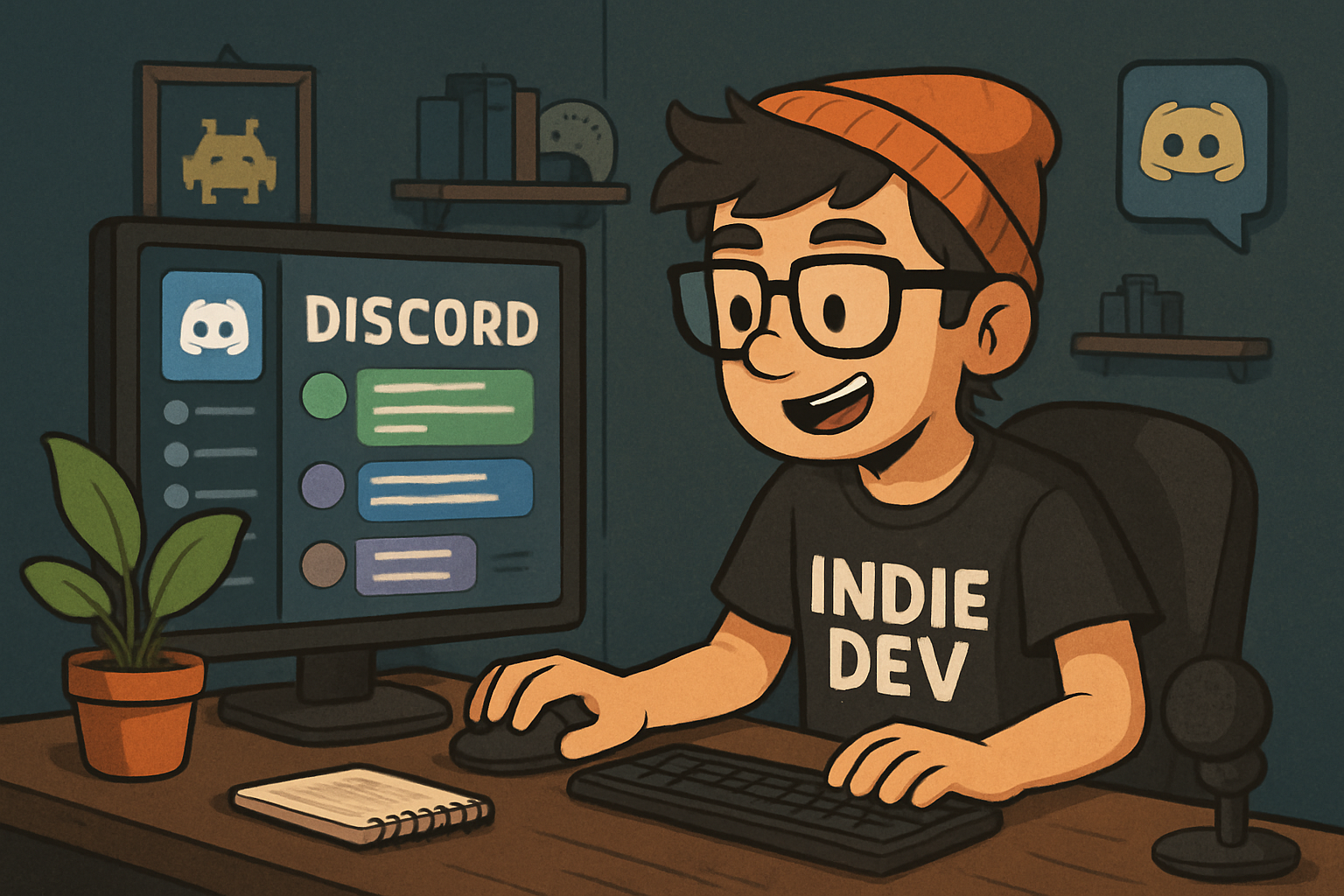
Effective Community Engagement: Active communication with players via Discord, Reddit, and Steam forums fosters loyalty, encourages word-of-mouth, and can lead to higher retention rates.
-
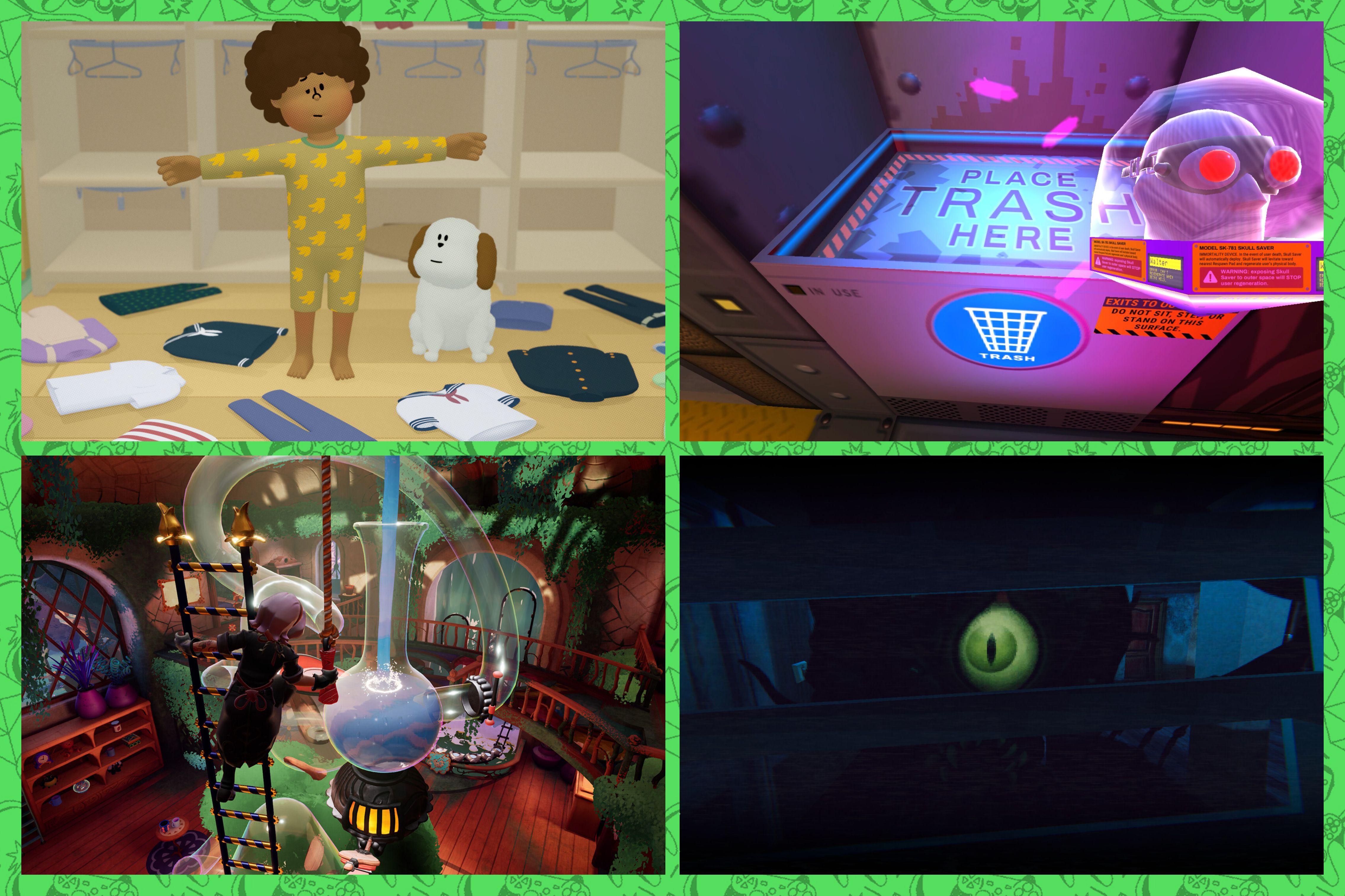
Participation in Steam Events: Featuring in Steam Next Fest or seasonal sales increases exposure and can generate spikes in both wishlists and direct sales, especially when paired with a playable demo.
-
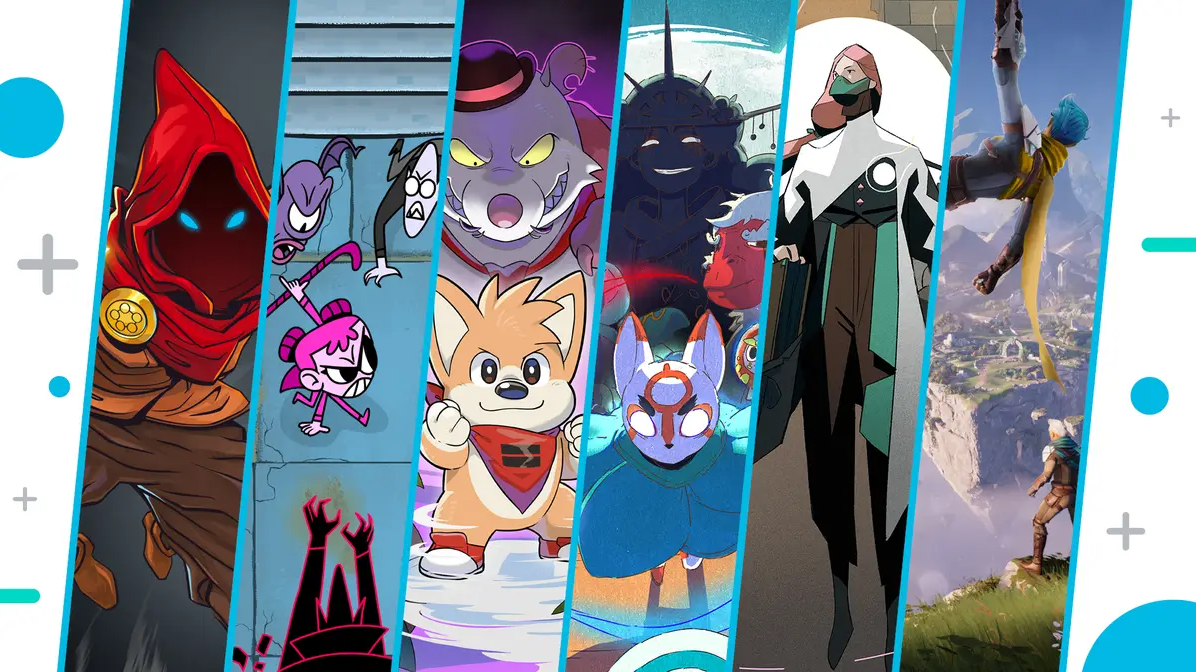
Strong Launch Marketing Campaigns: Leveraging influencers, targeted ads, and press coverage can drive awareness and sales, as seen with games that coordinate launches with content creators and media outlets.
-
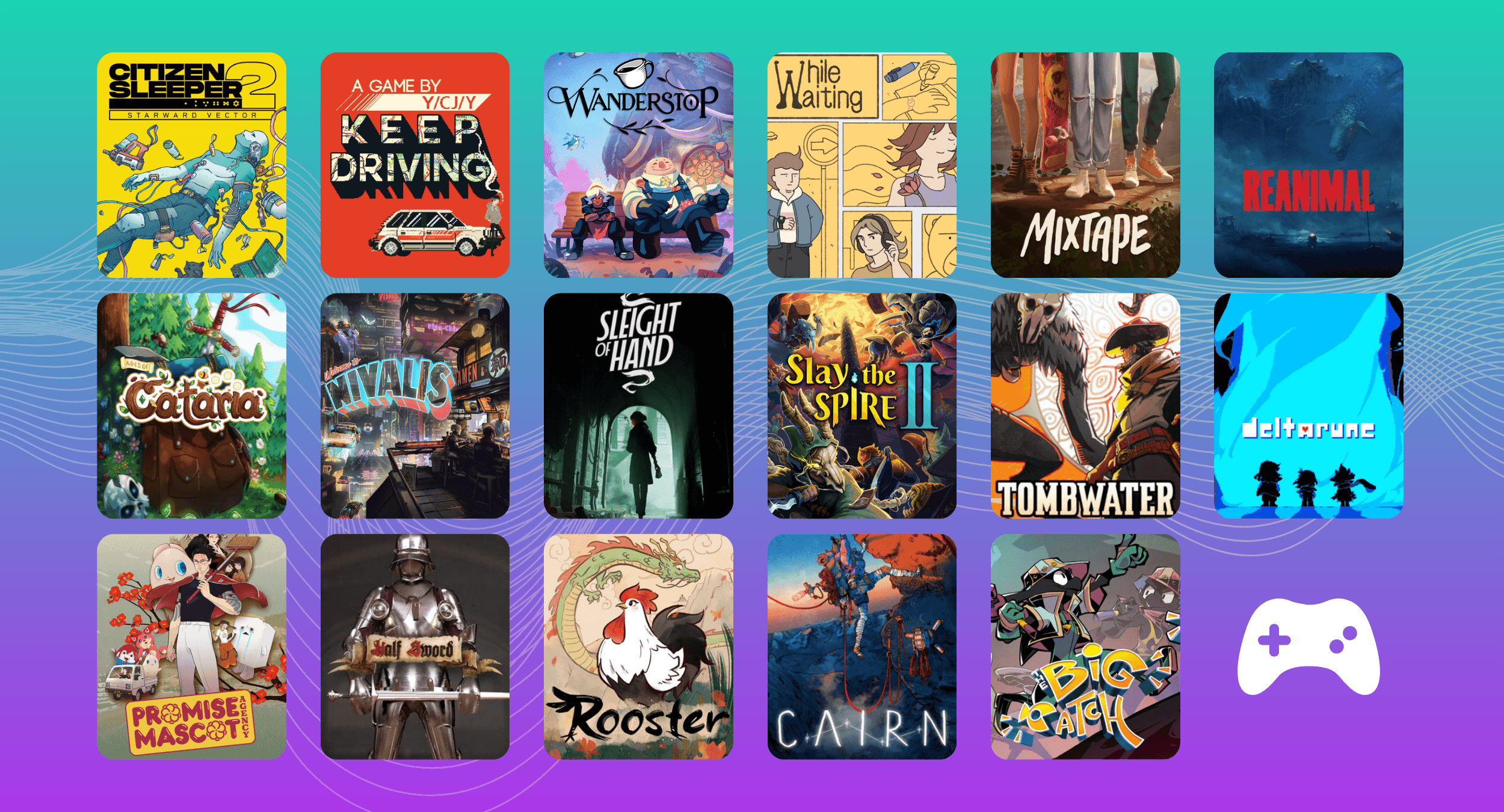
Genre Selection and Market Fit: Certain genres—like survival, simulation, and NSFW—show higher wishlist-to-sales conversion rates, making genre a critical factor in predicting commercial outcomes.
-
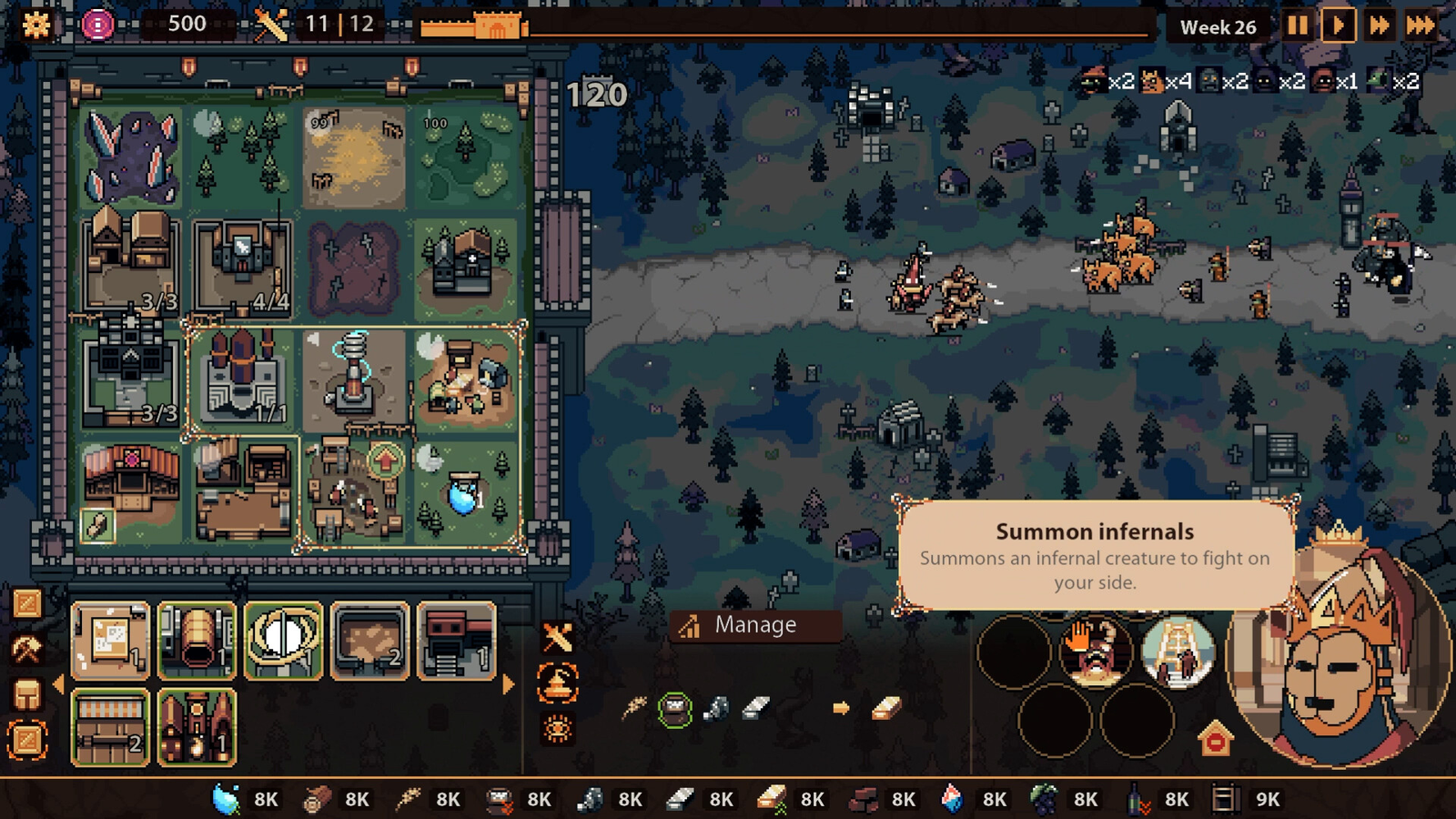
Post-Launch Support and Updates: Regular updates, patches, and new content keep players engaged and attract new buyers, contributing to long-term sales beyond the initial launch window.
The Bottom Line for Indie Devs Watching Wishlist Metrics
The message from market data is clear: building up your “indie game wishlists Steam” count remains vital for algorithmic visibility and publisher interest; however, it is not a silver bullet for financial success. Developers must combine robust marketing campaigns with community engagement and effective event participation if they hope to stand out among thousands of releases each year.
As we look at the landscape of indie game marketing trends for 2025, it’s evident that Steam wishlists alone are not enough to secure a hit. Developers who rely solely on pre-launch wishlist counts risk overlooking critical elements such as post-launch support, player retention mechanics, and ongoing community interaction. The most resilient indie studios are those that treat wishlists as a leading indicator rather than an absolute predictor of sales.
From Wishlist to Sale: What Separates Success Stories?
Analyzing recent indie game success stories 2025, several patterns emerge among titles that outperform their wishlist-to-sales ratios. Games with strong genre fit, such as simulation, survival, or certain NSFW titles, often see higher conversion rates due to dedicated fanbases. Additionally, effective use of influencer partnerships and consistent developer updates keep potential buyers engaged beyond the initial wishlist action.
Equally important is timing: releases aligned with major events or avoiding crowded launch windows can dramatically improve outcomes. Developers who actively solicit feedback during demos or Next Fest participation tend to foster loyalty that translates into sales down the line. For more on how these tactics elevate performance, visit How Indie Game Wishlists on Steam Influence Discoverability and Success.
Actionable Steps: How to Increase Steam Wishlists, and Make Them Count
If you’re seeking practical ways for how to increase Steam wishlists, focus on a multi-pronged approach:
- Participate in high-visibility events like Next Fest, but follow up with targeted email campaigns and social media engagement.
- Build an active Discord or community hub, where players can interact directly with developers and each other.
- Pace your announcement cycles: Tease content consistently without overpromising features you can’t deliver at launch.
- Collaborate with streamers and YouTubers for early access previews, organic coverage often outperforms paid ads in this sector.
- Monitor your Steam page analytics: Adjust tags, trailers, and screenshots based on user behavior data.
Beyond the Numbers: Building Sustainable Success
The cautionary tale of Planet Centauri demonstrates that even massive pre-launch interest can be derailed by technical issues or poor timing. To mitigate such risks, developers should diversify their outreach channels and ensure robust QA around launch notification systems. It’s also crucial to invest in post-release content updates and transparent communication, these factors help convert early interest into long-term engagement and positive reviews.
The bottom line: In the saturated indie market of 2025, wishlists are necessary but not sufficient for success. They open doors for discovery but must be paired with strategic marketing, community building, and operational excellence. For further insights into optimizing your launch strategy using real-world examples from this year’s top performers, check out our feature at Top Indie Games Surging in Steam Wishlists: Success Stories and Strategies 2025.




